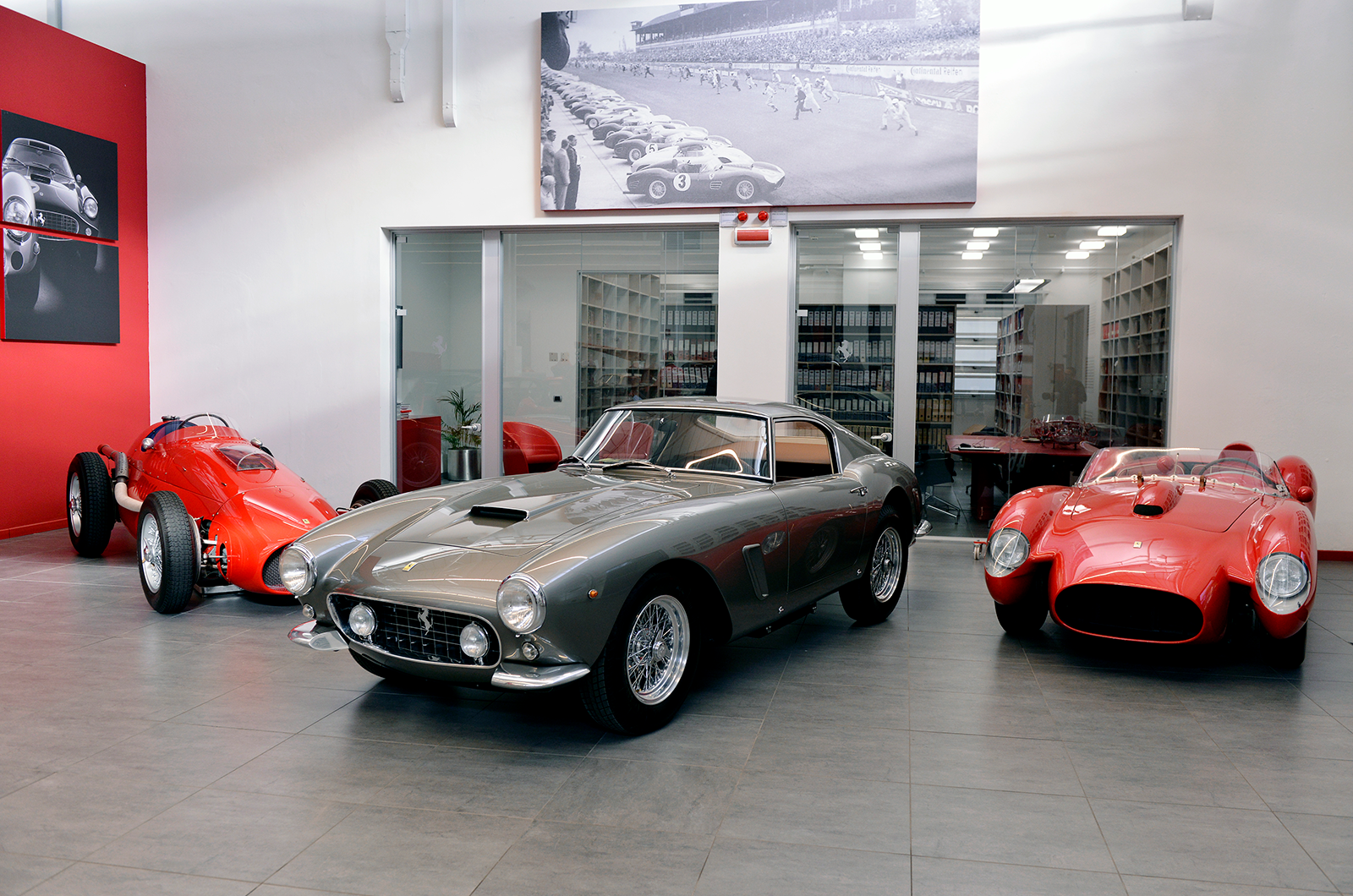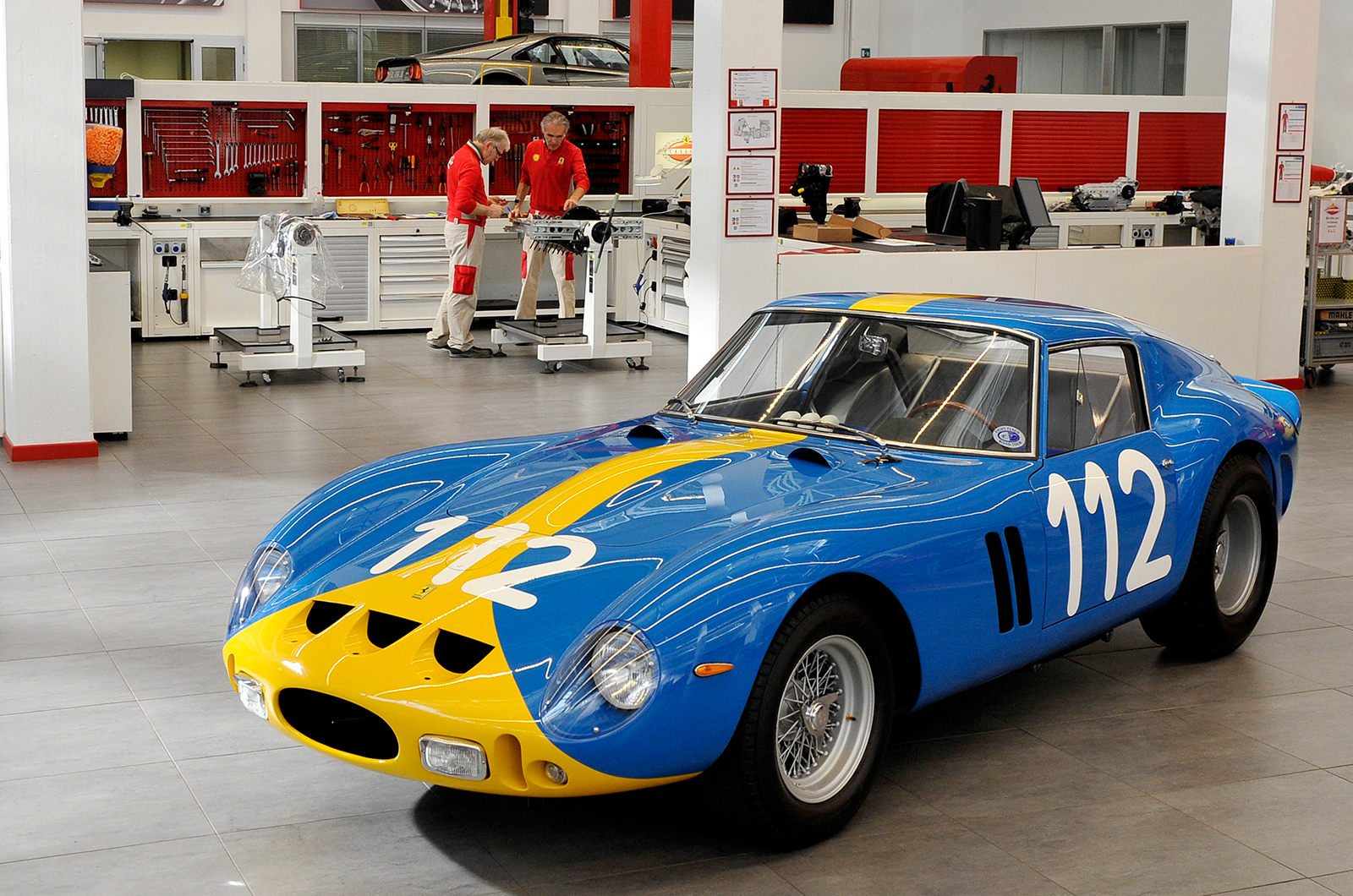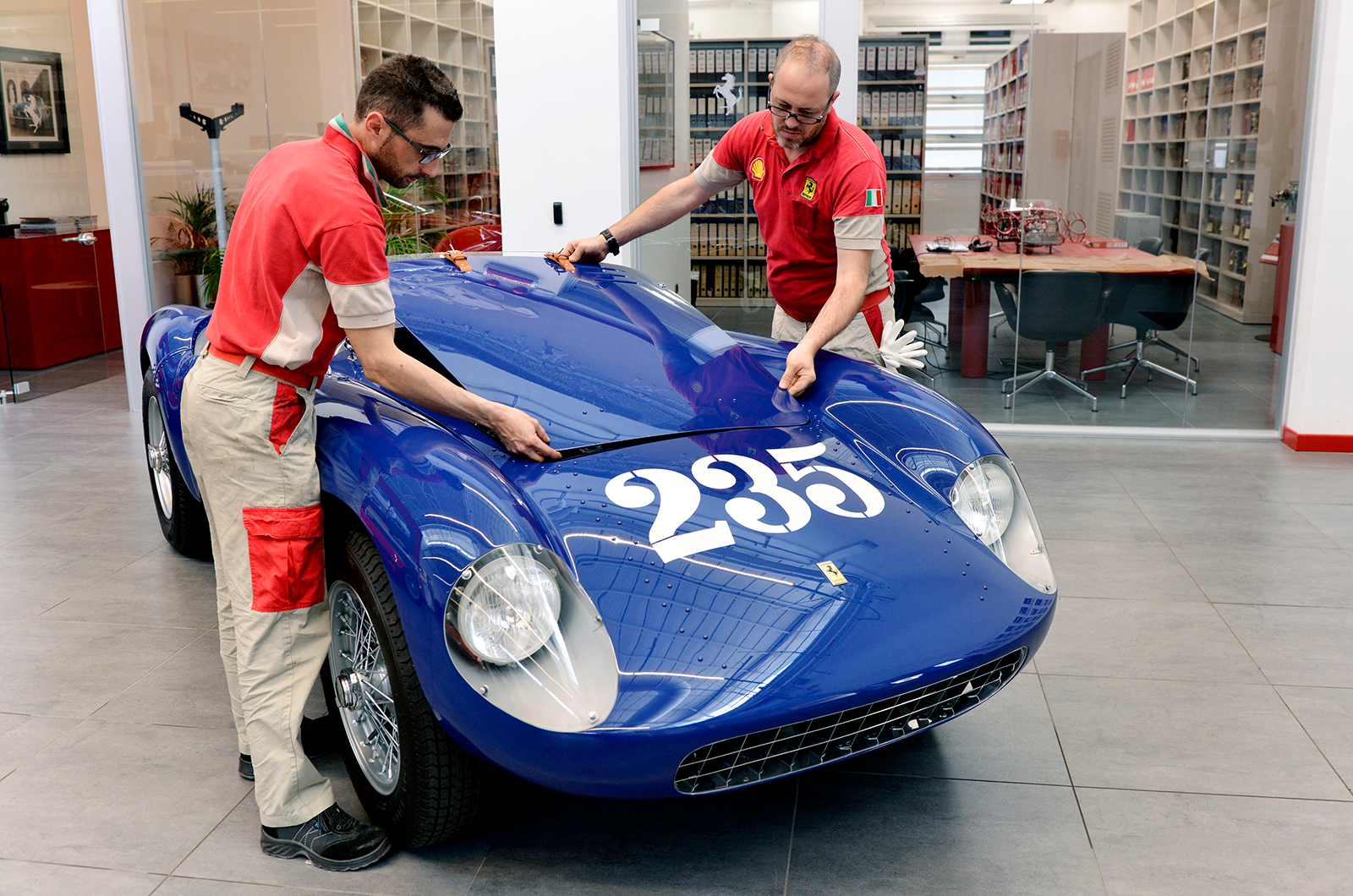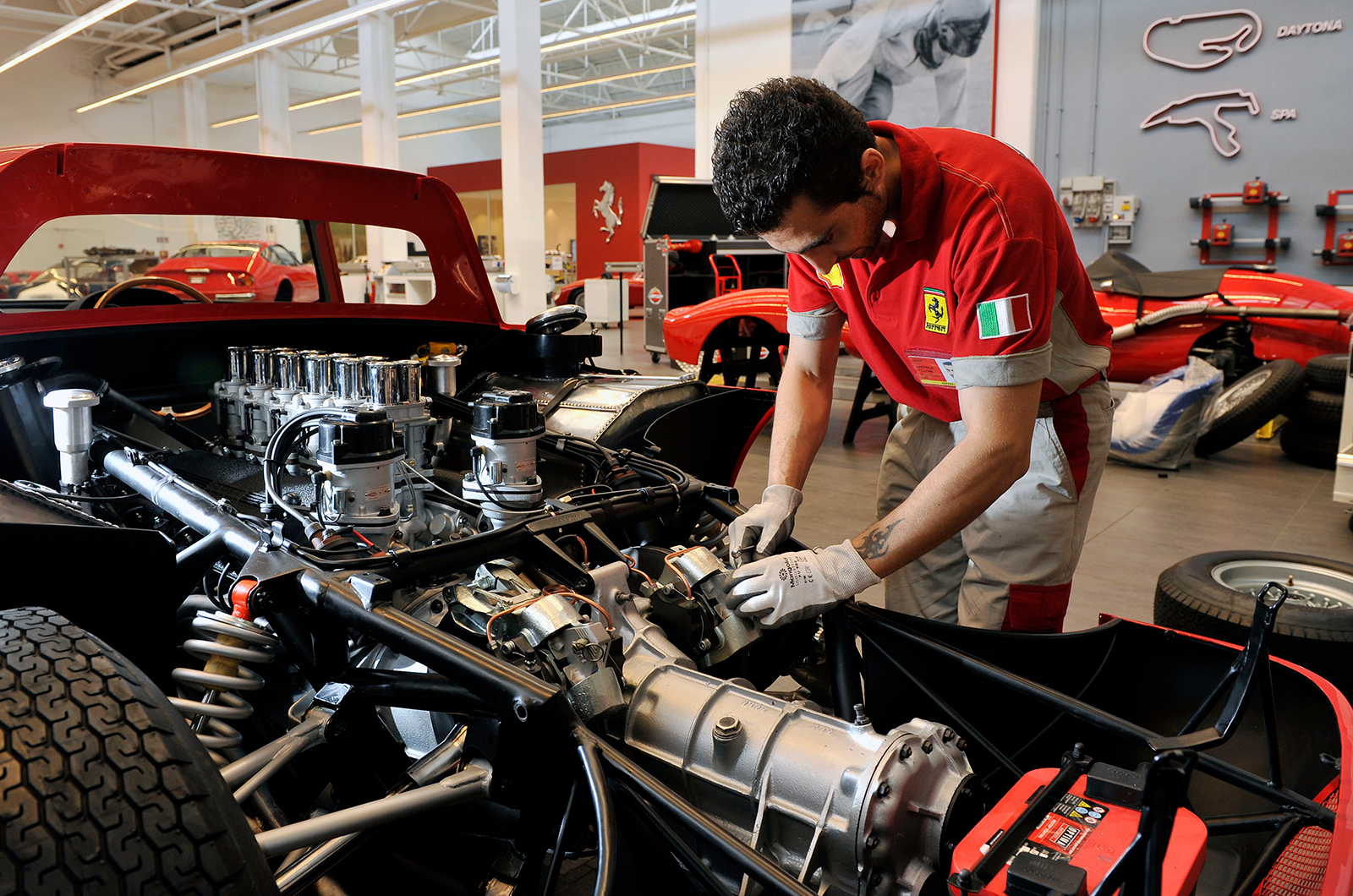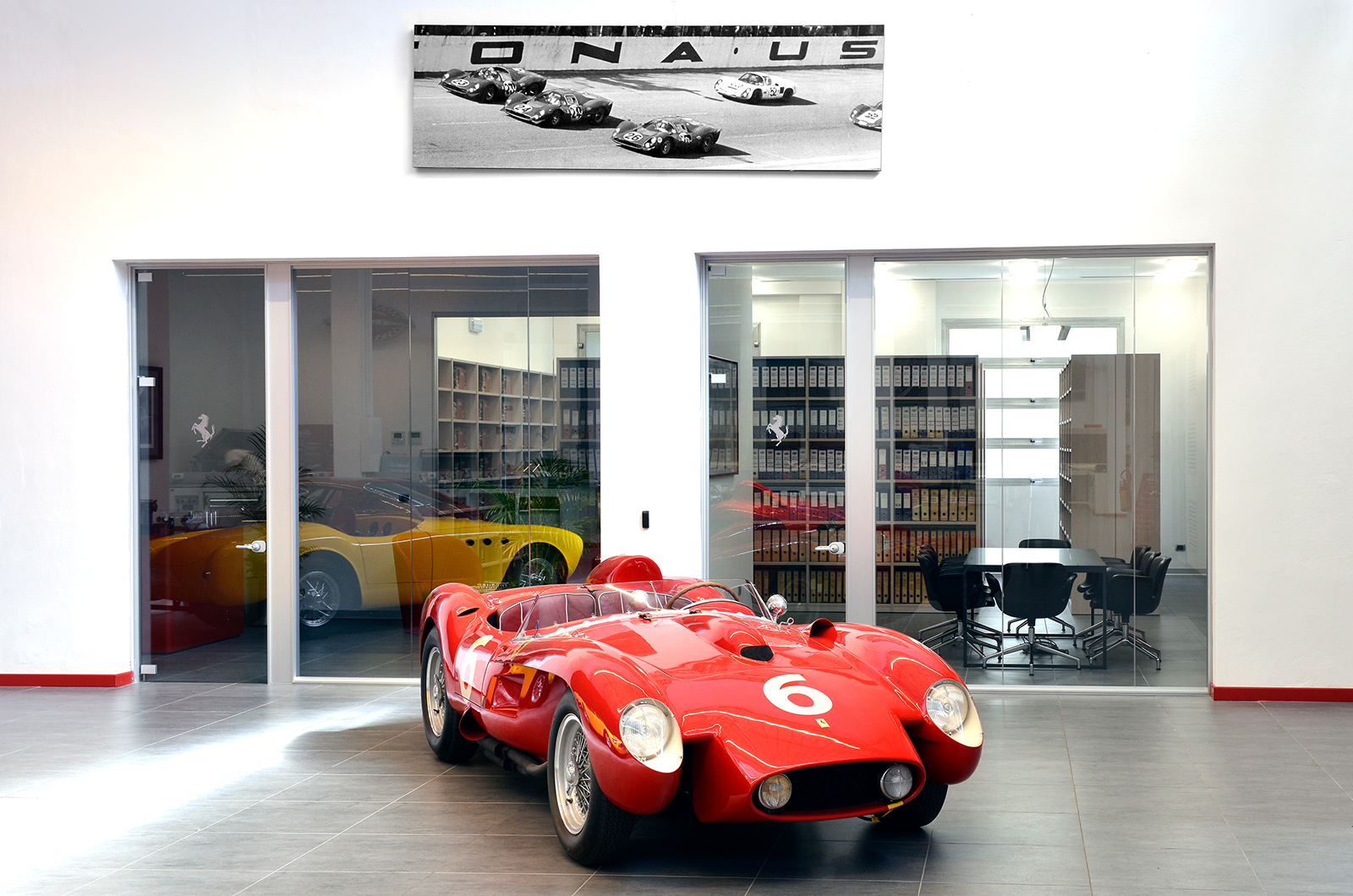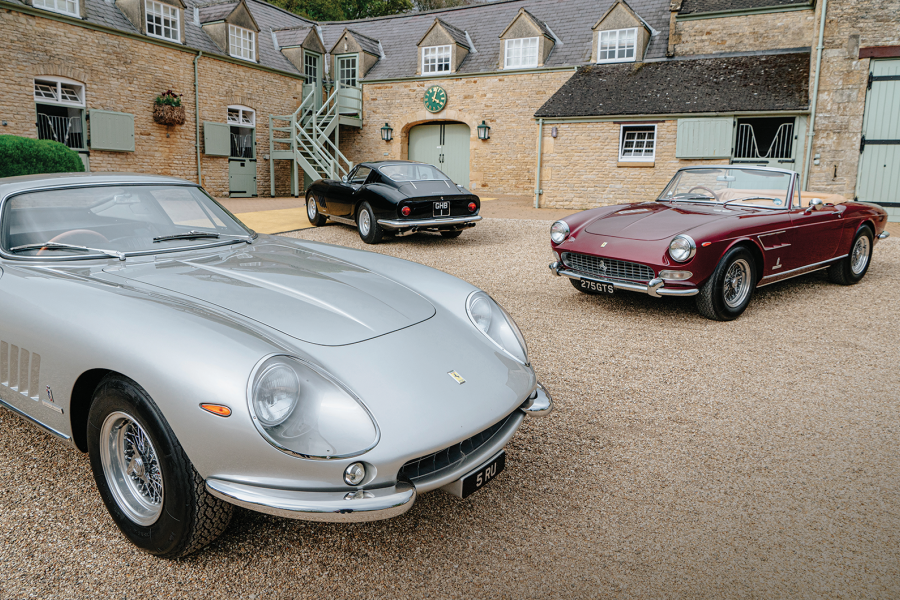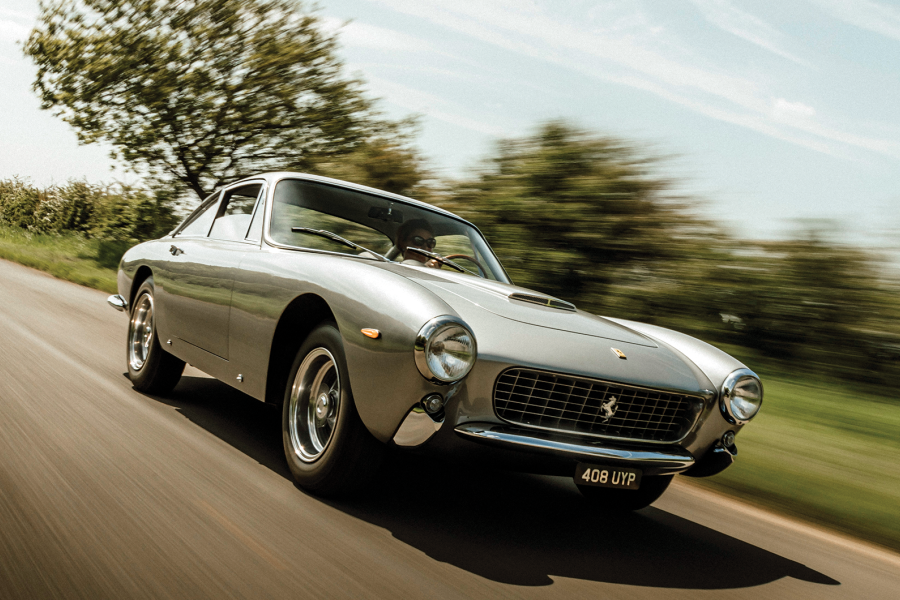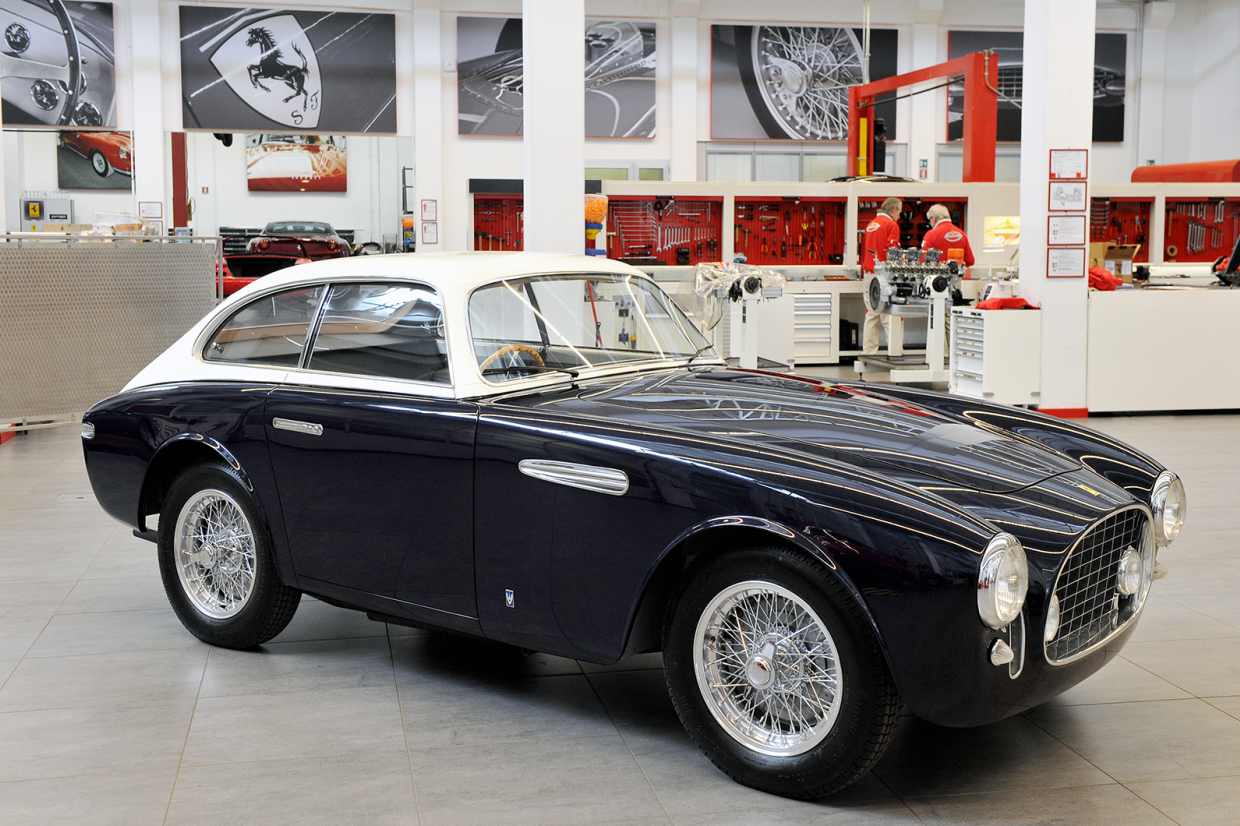
Imagine the things you would find hidden away if you lived in the same place for more than 50 years. The possibilities are probably endless. Heck, they are even if you own the same car for a few years.
Imagine what it’s like for Ferrari, which has been in Maranello for eight decades. A 1948 166S was found in the engine works. Nobody knew it was there; nobody had missed it.
This is one of the earliest Ferraris, as original as they come. The interior is bare, the paint cracked, but it runs and has been driven by Luigino Barp, gamekeeper of the Classiche department at Maranello.
One of the cars now of the heritage fleet in Italy, a 275GTB, was also found in the factory, this one in the machining plant. Its colour was wrong but that’s been rectified via the files in the vaults and it’s now regularly on the road on various events Ferrari holds around Italy.
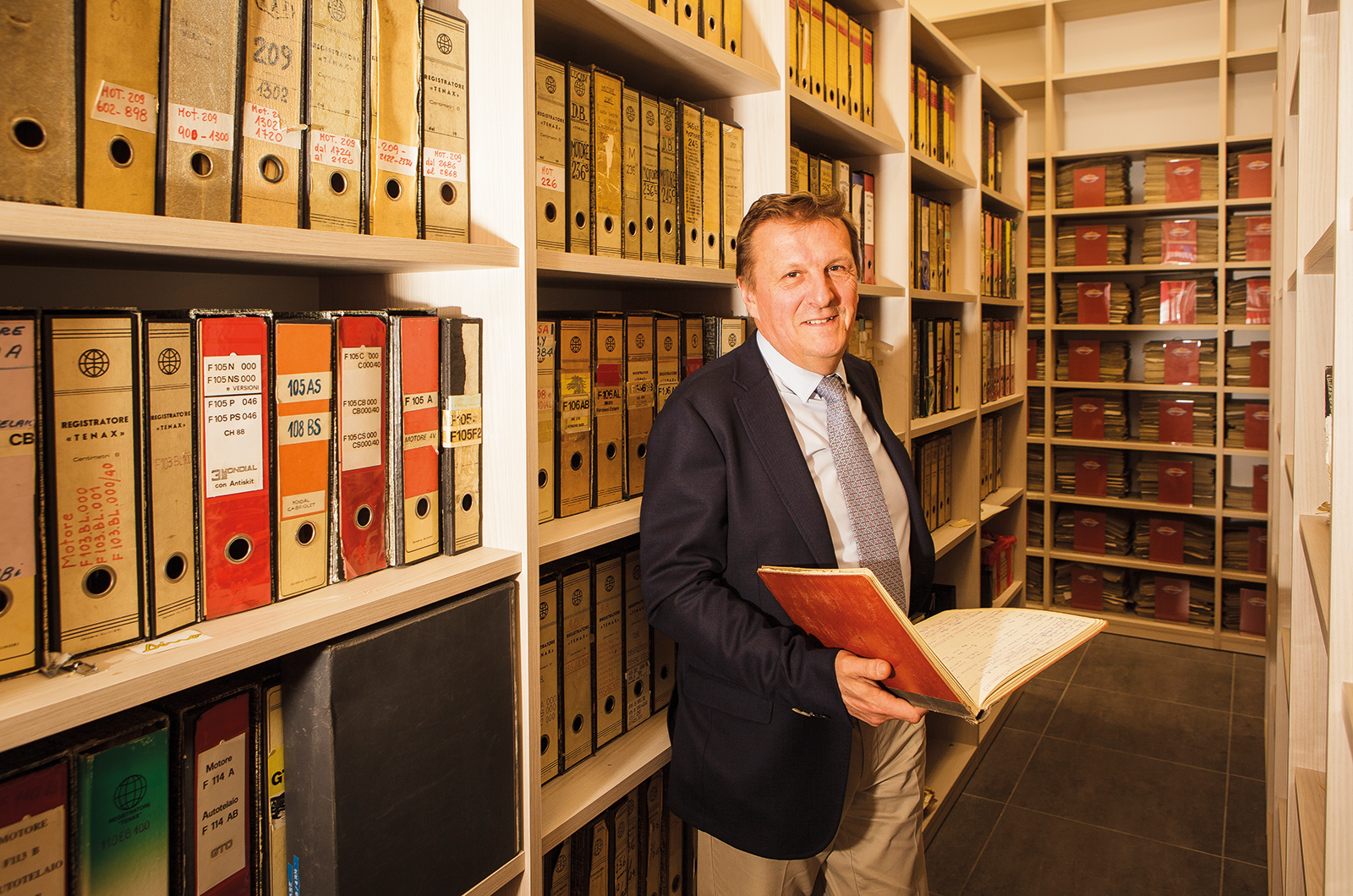
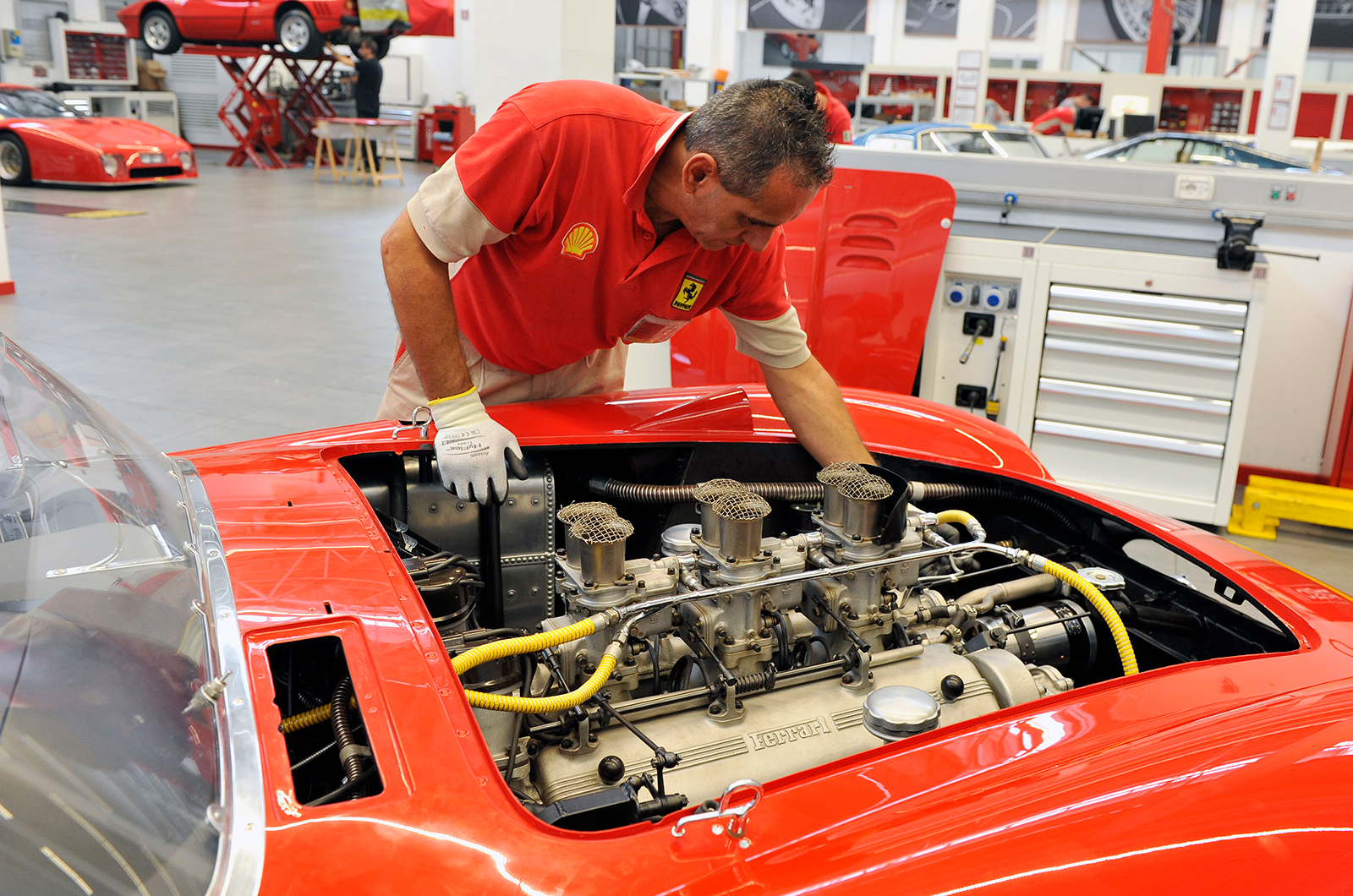

Nor does it stop with cars.


